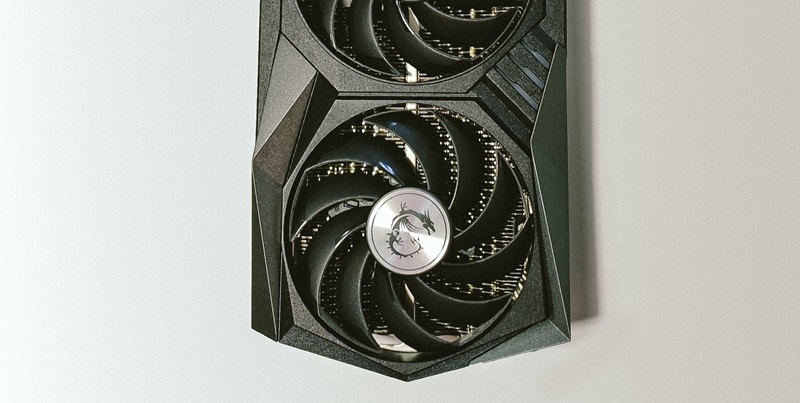The gaming community is buzzing with excitement as rumors of Nvidia’s anticipated RTX 3050 variant continue to surface. With speculation pointing towards a February release, gamers eagerly await the arrival of this graphics card and wonder how it will stack up against its competitors. Let’s delve into the latest details surrounding this long-awaited release.
Details on the Release
Initially, whispers suggested that Nvidia was planning to launch the RTX 3050 6GB in January. However, a new rumor has emerged indicating a February release instead. Additionally, sources claim to have obtained the price tag for this graphics card, estimating it to be $179 in the US (with pricing aligned elsewhere). This figure matches the lower-end estimate from previous rumors, adding credibility to the new speculation.
Pricing and Specifications
The purported price of $179 places the RTX 3050 6GB in an attractive budget range. However, concerns arise when comparing the speculated specifications with its existing counterpart, the RTX 3050 8GB. The speculated variant is said to have a lower core count, reduced clock speed, and a downsized memory bus. Additionally, it sheds 2GB of VRAM. Should these predictions hold true, it paints a picture of a more limited and underpowered offering compared to the existing RTX 3050 8GB.
Opinion on the Potential Appeal
Given the likely downgrades, the refreshed RTX 3050 may not appear as appealing to gamers as initially hoped. The original RTX 3050 8GB was already deemed unimpressive by some critics. With a hobbled version rumored to be priced at $179, it becomes challenging to see how it can effectively compete against AMD’s Radeon RX 6600, which has garnered a reputation as one of the best budget GPUs currently available.
Possible Inaccuracies
It’s crucial to note that there is always a chance that the rumored specifications or pricing for the RTX 3050 6GB may be inaccurate. Limited information and speculation from unverified sources can contribute to such discrepancies. Therefore, until Nvidia provides official confirmation, it is important to approach these rumors with caution.
Potential Replacement of GTX 1650
Recent reports suggest that Nvidia may be planning to retire its GTX 1650 and 1630 graphics cards. In theory, the refreshed RTX 3050 could fill the void left by the GTX 1650. As such, it could potentially offer better performance and value for gamers seeking an affordable option. However, until Nvidia makes an official announcement, it remains uncertain whether the RTX 3050 will indeed replace the popular GTX 1650.
The forthcoming release of the RTX 3050 6GB brings both excitement and skepticism. While the rumored pricing makes it an enticing option for budget-conscious gamers, concerns arise when comparing its potential specifications and performance against the competition. The AMD Radeon RX 6600, being one of the leading budget GPUs, poses a tough challenge for Nvidia. As always, it is essential to wait for official confirmation and reviews before drawing final conclusions. Only time will reveal if the RTX 3050 can live up to the hype and successfully carve its place in the competitive graphics card market.

